MARCH 2019
ISSUE
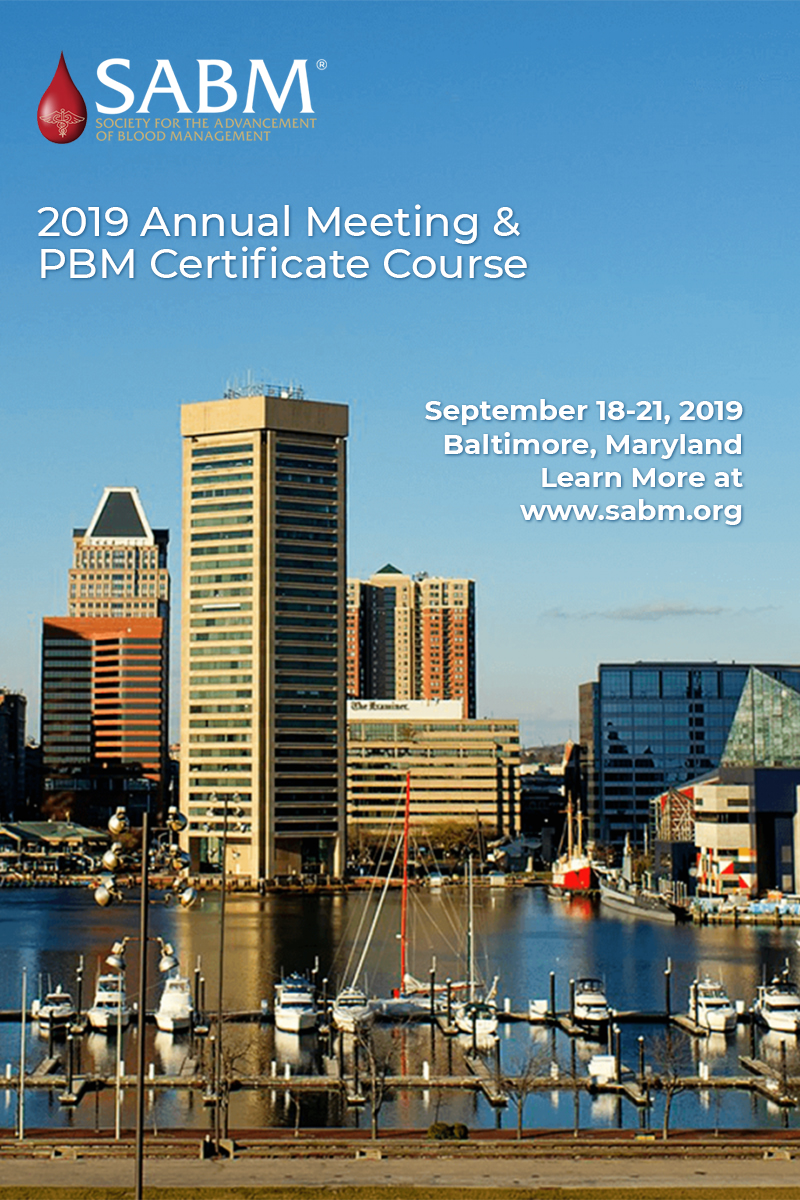
Please consider making a donation to your Society. Your donations will help us to improve the lives of people throughout the world through Patient Blood Management.
SABM 2019 Newsletter Publication Schedule
March | July | November
Carolyn Burns, MD
Editor
Tiffany Hall, RN
Associate Editor
Sherri Ozawa, RN
Kevin Wright
Contributors for This Issue
Allison Jones, PhD, RN
Becky Rock, RN
James Brown, MHA, CCP, LP
Seth Perelman, MD, FASA
Keck PBM Steering Committee
Larry Burns, FACHE
Tamara Glover, MSc, CPHQ (on behalf of WA State Hospital Association)
Marketing
Carmen Melseth
SABM Officers and
Directors
© 2019 Society for the Advancement of Blood Management
350 Engle Street Englewood, NJ 07631 USA Phone: (928) 551-6400 Fax: (877) 944-2272 EMAIL: [email protected] |
News & Events
Consensus Statement on Acute Normovolemic Hemodilution
As SABM members we strive to implement PBM a multi-disciplinary patient centered evidence-based approach to minimize or eliminate the need for allogeneic transfusion. One of many techniques to minimize RBC loss during surgeries, and preserve autologous platelets and coagulation factors, is the use of acute normovolemic hemodilution (ANH). Despite a long history of theoretical benefits, the literature varies regarding its efficacy in reducing allogeneic transfusions or improving morbidity and mortality. Several major professional societies endorse its consideration in patients at high risk for excessive bleeding, however they do not offer specific guidelines or standards for ANH implementation.
In October, 2017, SABM sponsored a meeting of international experts in Dublin, Ireland to systematically review the current literature on ANH; the goal was to develop guidelines and implementation strategies for its use in high risk surgeries including cardiopulmonary bypass- related procedures. The panel consisted of representatives from anesthesiology, cardiac surgery, perfusion and experts in PBM, with the goal to reduce the variable application of ANH based on the evidentiary review of the literature and expert consensus. Members from SABM attending the conference were: Aryeh Shander MD, Pierre Tibi MD, Seth Perelman MD, James Brown CCP, Sherri Ozawa RN, as well as international experts, Jens Meier MD, Marc Licker MD, and Phillipe Van der Linden MD. The panel is in the process of developing ANH consensus statements based on the RAND-Delphi methodology which will delineate indications, treatment recommendations, efficacy and contraindications to this PBM technique. We look forward to the findings of this expert panel and its distribution to the SABM membership.
James Brown, MHA, CCP, LP
Seth Perelman, MD, FASA
SABM NACHO Update
For approximately 7 years, SABM has been coordinating an important study entitled “Noninvasive and continuous hemoglobin monitoring for surgical blood management” (NACHO). This multicenter, multinational study is designed to determine the impact of the above technology in the frequency/quantity of blood transfusion in surgical patients. Dr. Aryeh Shander has been the Principal Investigator of this study since its inception. Noninvasive hemoglobin monitoring (SpHB) is an important and effective tool in measuring and analyzing in real time the trends in hemoglobin levels. Many clinicians consider this type of monitoring as having distinct advantages in delivering patient care as opposed to “traditional” invasive hematology analysis in the laboratory setting. Several studies have established the accuracy of SpHB and its positive impact on transfusion- related decisions and blood conservation. However, SABM has been able to use its unique connections and ability to design and coordinate a study that looks at its use across large surgical populations. Sites for this study include a number of acute care hospitals in the United States, Japan, France and Italy.
Sherri Ozawa, RN
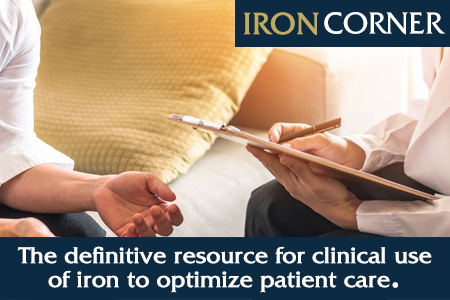
|
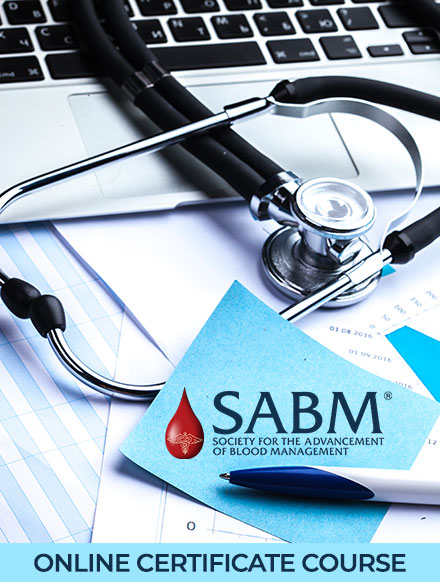
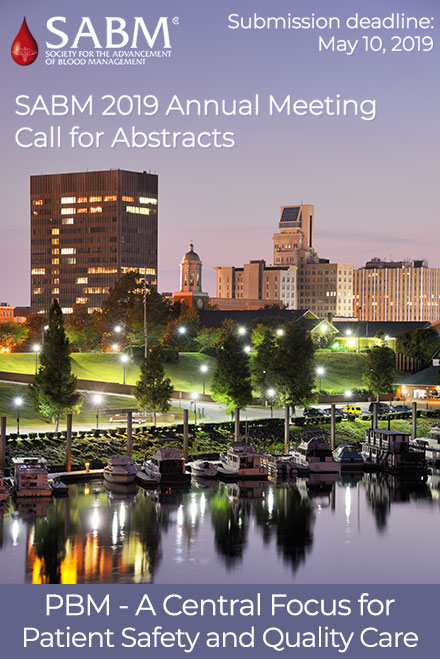
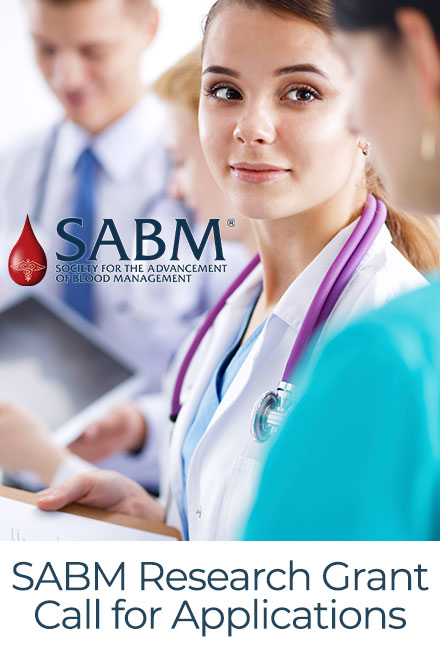
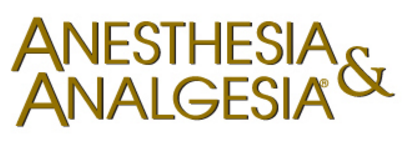
Consider submitting your future manuscripts in PBM for peer review and publication in this new section. The success of this endeavor will depend on the provision of material to make it lively and attractive to our colleagues and other professionals in the field.
Members Invited to Submit Papers CLICK HERE
|